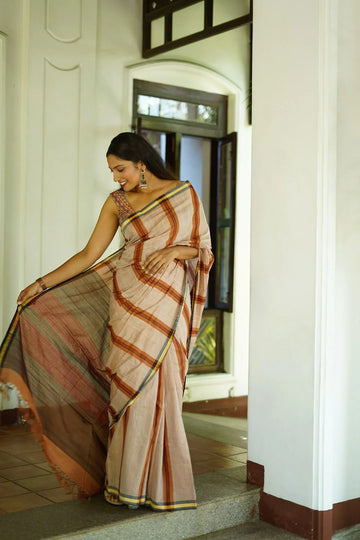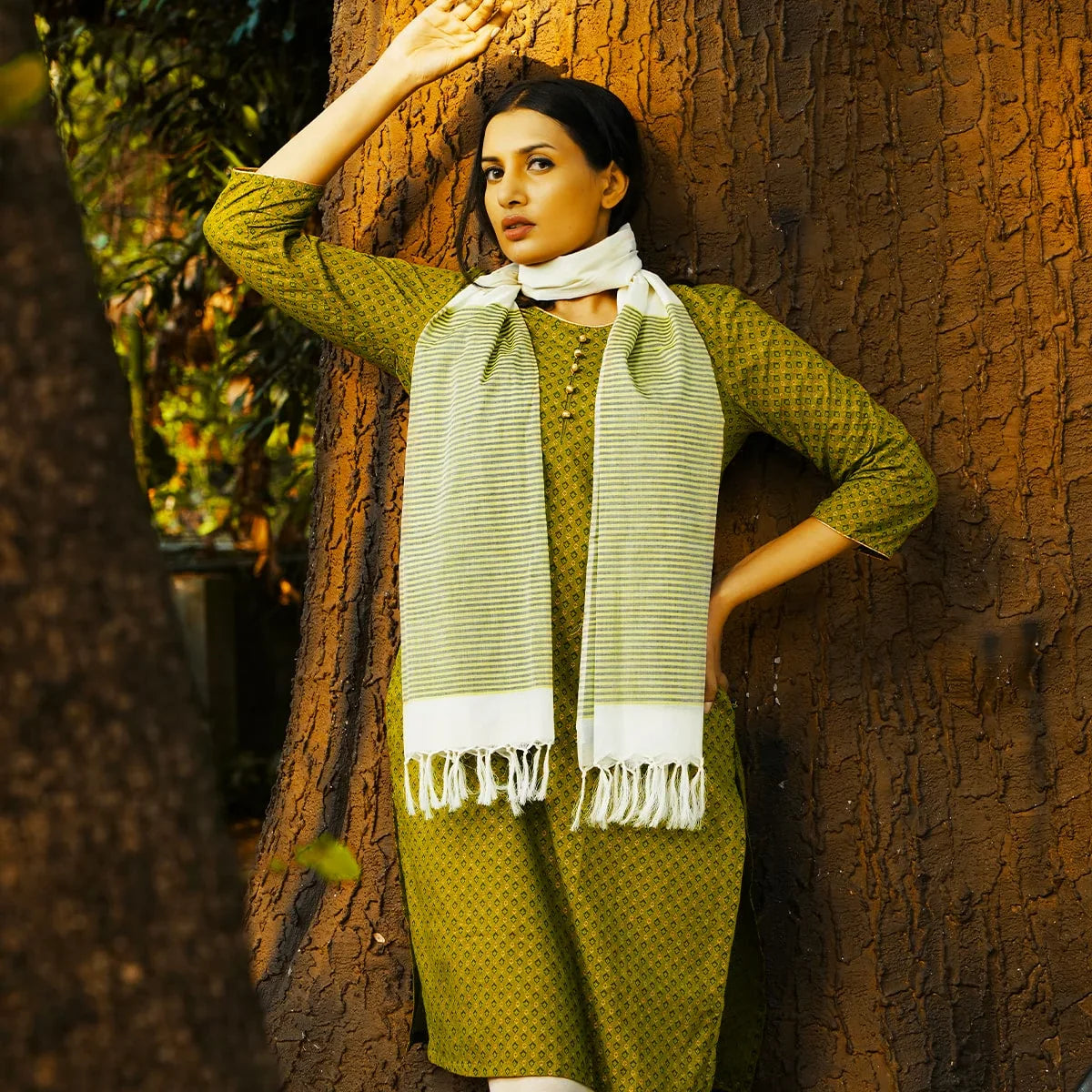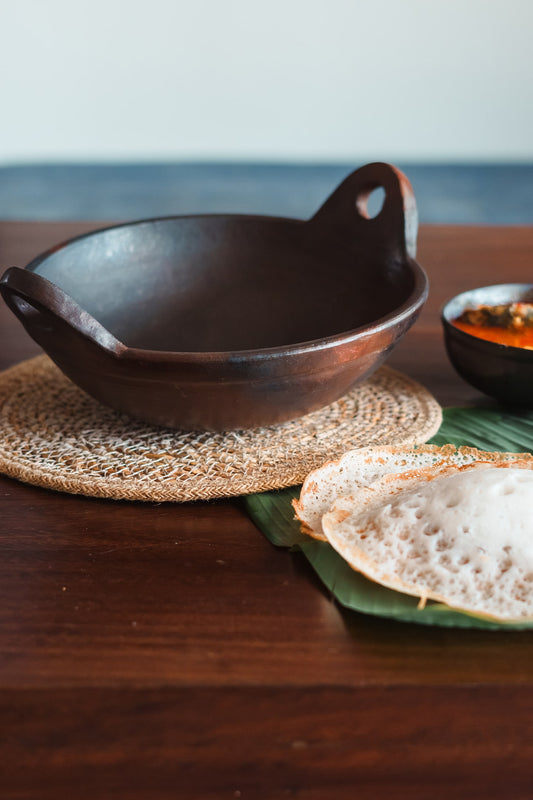Best Sellers

Kudukka Terracotta Pot with Lid (2 Litres)

Dum Terracotta Casserole (2 litres)

Naveena Flat Bottom Curry Chatti for Electric Stoves (1.5 litre)

Pathirichatti - Terracotta Pan (25 cm dia)

Kunhichatti - Seasoning and Serving Pot (400 ml)
Responsible Fashion



Responsible Fashion
Discover the timeless beauty of handcrafted sarees, woven with intricate artistry and traditions that celebrate the essence of elegance.
Hear What Our Customers Say!

Loved your products! They are so good! Would love to purchase more

I was so impressed by the simplicity and elegance of design and colour palettes, that I ended up picking up one for me as well.

Thank you so much I have received the phulka maker. am very happy with it, I have used it to roast chestnuts as well which I had brought from Kashmir.

Just love my pick!!! :) "Their sarees are true embodiment of authenticity and a celebration of tradition that resonates deeply with those who appreciate it.

Received the product. Thank you. Excellent Quality. Appreciate your effort on following up the order. Means a lot. Thank you so much.

Athulyam Terracotta Soup Bowl

Bhavam Terracotta Cook and Serve ware

Bundle of Pans - Phulka Pan and Frying Pan

Chathuram Wooden Cutting Board

Chatti Curry Pot

Cheenachatti (Black) - 1.2 L Capacity, Terracotta Cook and Serve ware

Cheenachatti Terracotta Cook and Serve Ware

Cook and Serve - Two pots in a bundle
Values that drive our journey
Story of Graamyam
We are on a journey through villages in Kerala, India, to discover timeless stories of its land— legends, myths and beliefs– as narrated through traditional craft. Graamyam works with artisan communities to co-create traditional handcrafted products suitable for modern living. Graamyam, a social enterprise, exclusively deals with handmade, eco-friendly, sustainable products.


























































